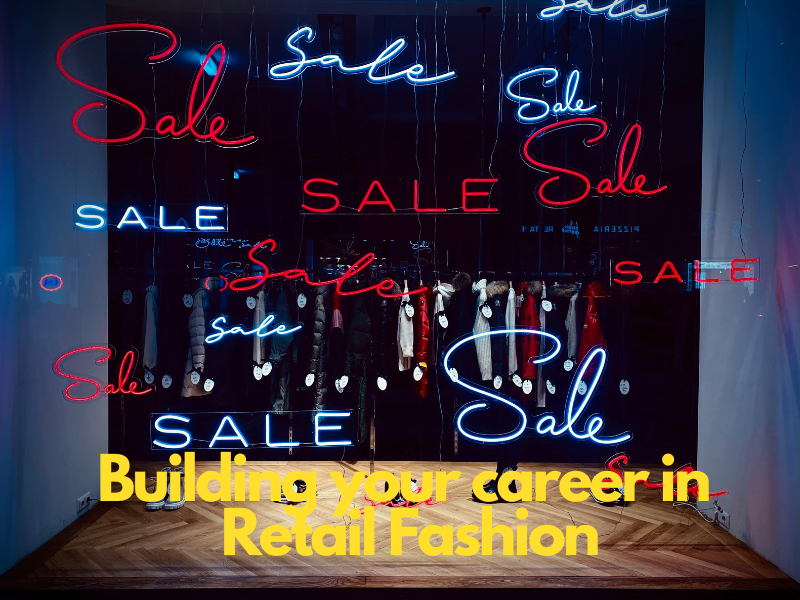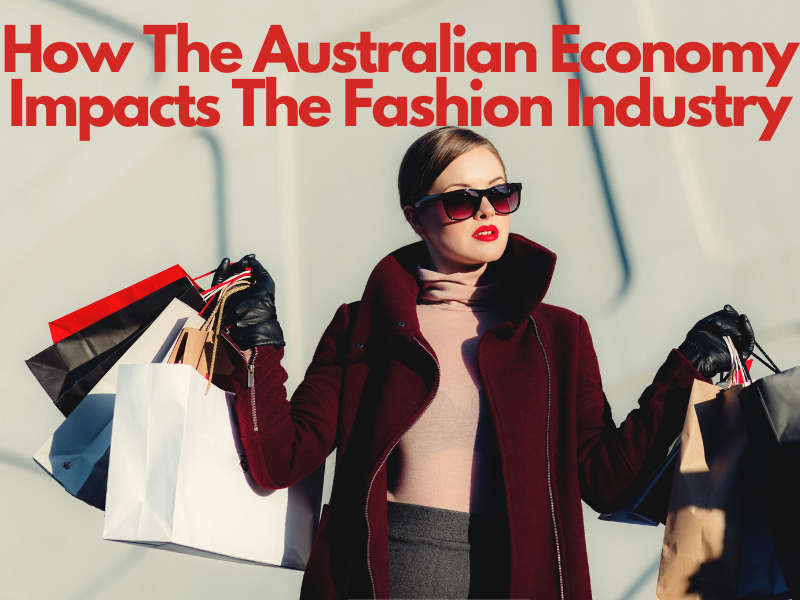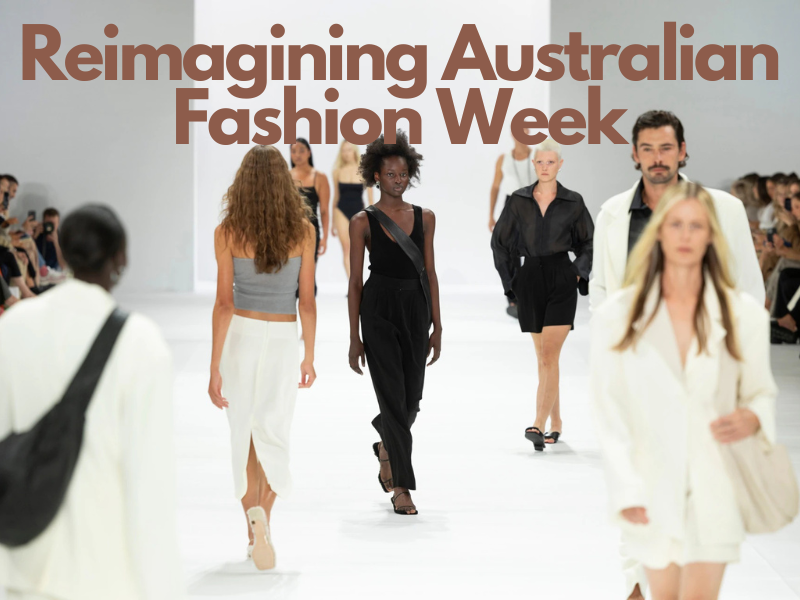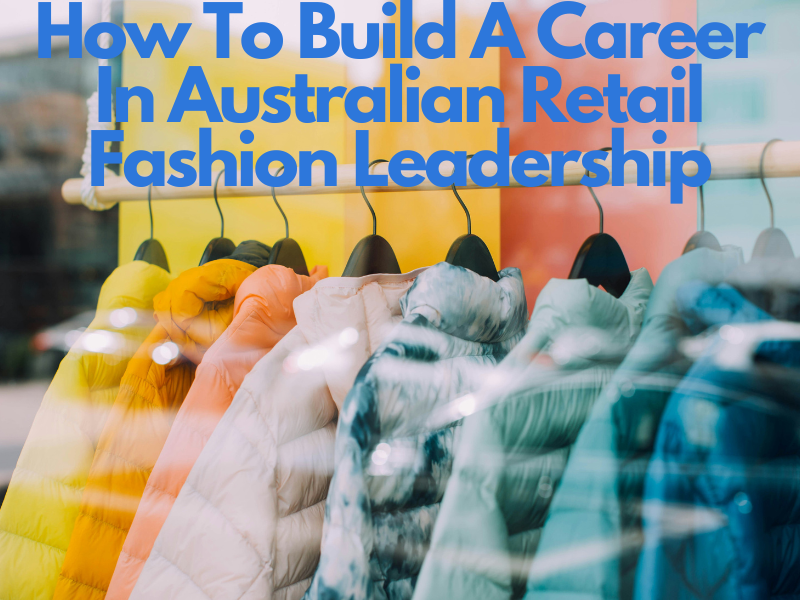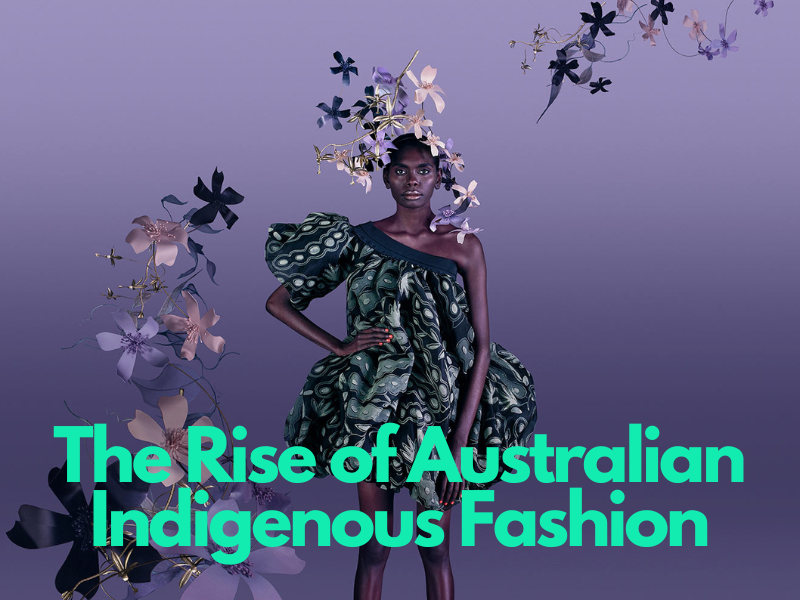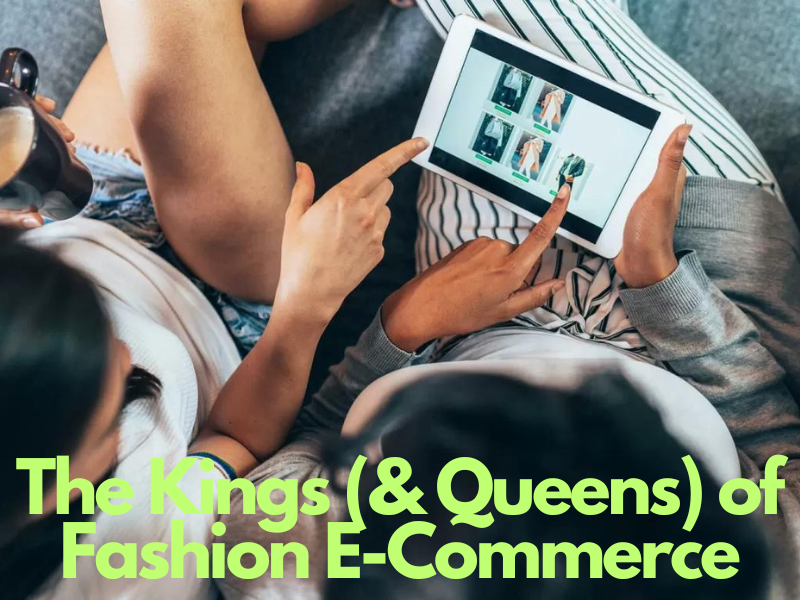ANATOMY OF A SCANDAL
In recent years, fashion brands and influencers have pushed the boundaries of what fashion is and what it can mean. Fashion is often been viewed as a barometer of society, reflecting people’s fears, hopes and dreams.
But what happens when fashion brands breach the limits of what society deems acceptable? Balenciaga is a recent case in point, where in November 2022, the brand featured a campaign portraying images of children holding teddy bears that were dressed in bondage. A second phase of the same campaign featured images of the Supreme Court opinion in the Ashcroft vs. Free Speech Coalition Child Pornography case. Interestingly, the brand is currently suing a Production company for $25M for the campaign but questions remain: which Balenciaga employees approved the concept, storyboards and final artwork of the campaign?
Other fashion brands such as Gucci and Burberry have also been involved in scandals, like:
The Gucci Straightjacket scandal
Model Ayesha Tan Jones was asked to wear a straightjacket in a fashion show that was based on exploring uniforms, utilitarian clothes, normative dress, including straitjackets as a depiction of ‘the most extreme version of a uniform dictated by society and those who control it.’ As a silent protest, Jones wrote on her hands: ‘mental health is not fashion’.
La Maison Simons Suicide campaign
In a campaign called "All Is Beauty," the Candadian-based brand tells the story of a terminally ill woman who chooses to die via medically-assisted voluntary euthanasia. The campaign utilises calming and serene images of nature, while soft music plays in the background. The brand has received strong criticism for commercializing the story of Jennyfer (the patient) to help them sell products. One critic referred to the video as "dystopian."
The Burberry Noose Hoodie
Burberry was forced to apologize after showing at their Autumn/Winter 2019 collection in London Fashion Week. One of their pieces - a hoodie with ties hanging from its neck - was triggering to one of the models that took part in the show. The controversial piece was designed by Burberry Chief Creative Officer Riccardo Tisci. Liz Kennedy, a Burberry model walking in the show wrote on Instagram: "Suicide is not fashion" adding: "It is beyond me how you could let a look resembling a noose hanging from a neck out on the runway."
So the question is: if fashion’s role is to reflect society but also challenge our beliefs and boundaries, what is considered acceptable and what is not? And how does a brand measure this? We believe that brands should test particularly sensitive concepts with smaller, trusted Focus groups to get feedback, market intelligence and insights. Challenging societal norms is all well and good but if it displaces your role fighting for the consumer dollar, it’s hardly worth it.
What are your thoughts on the Balenciaga scandal? We’d love to hear.

